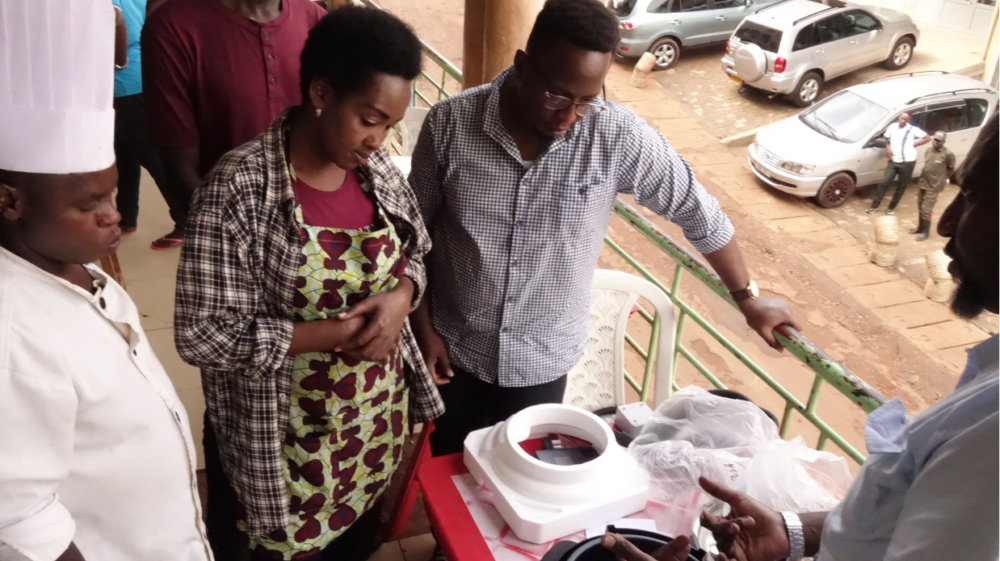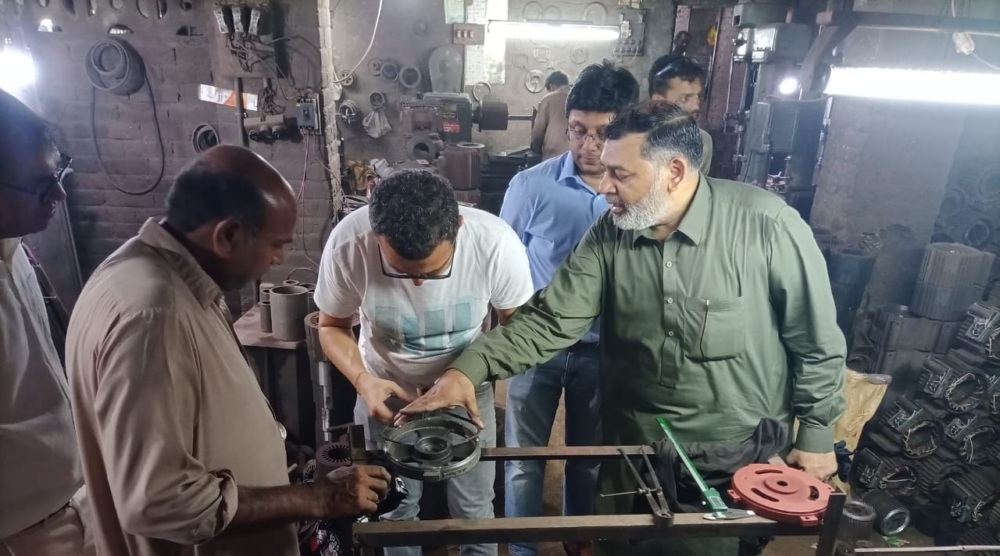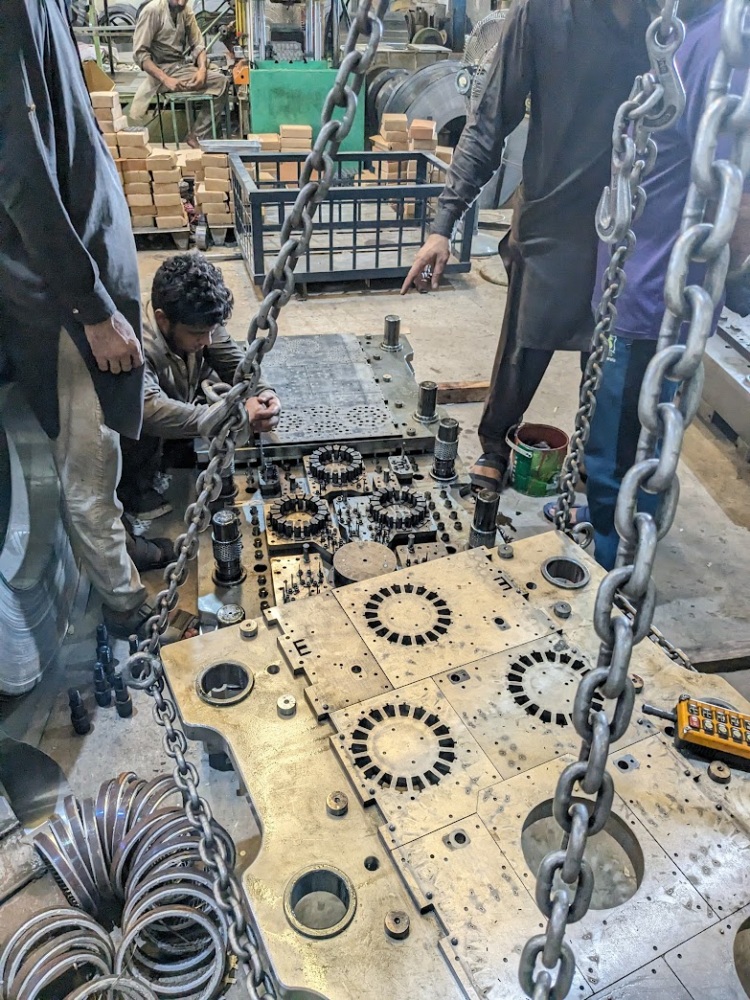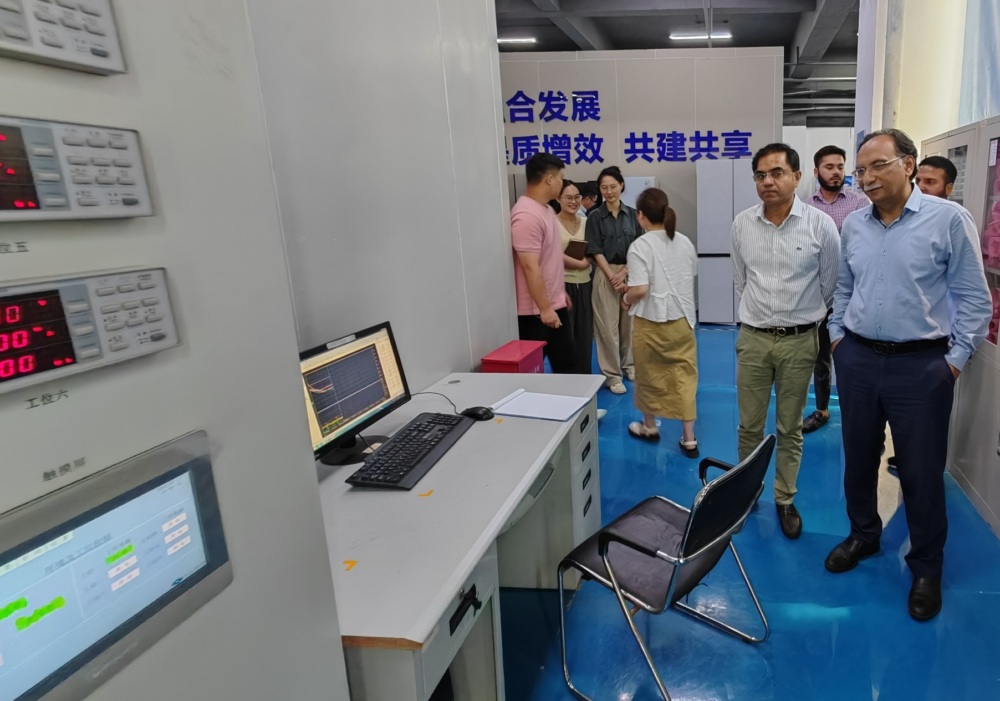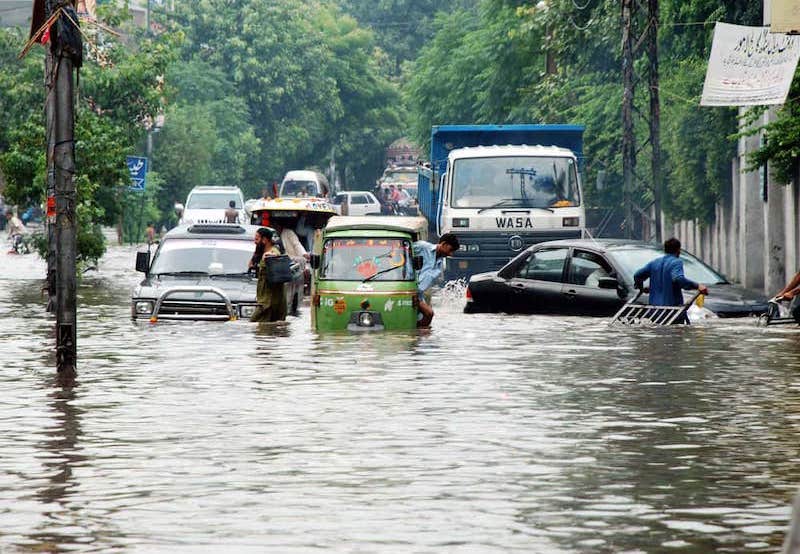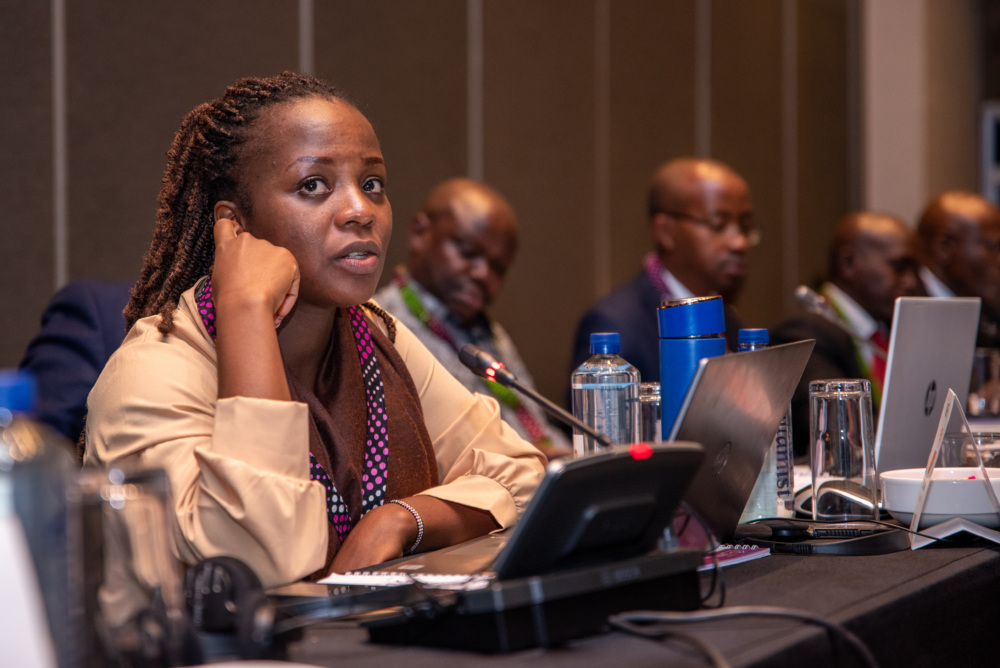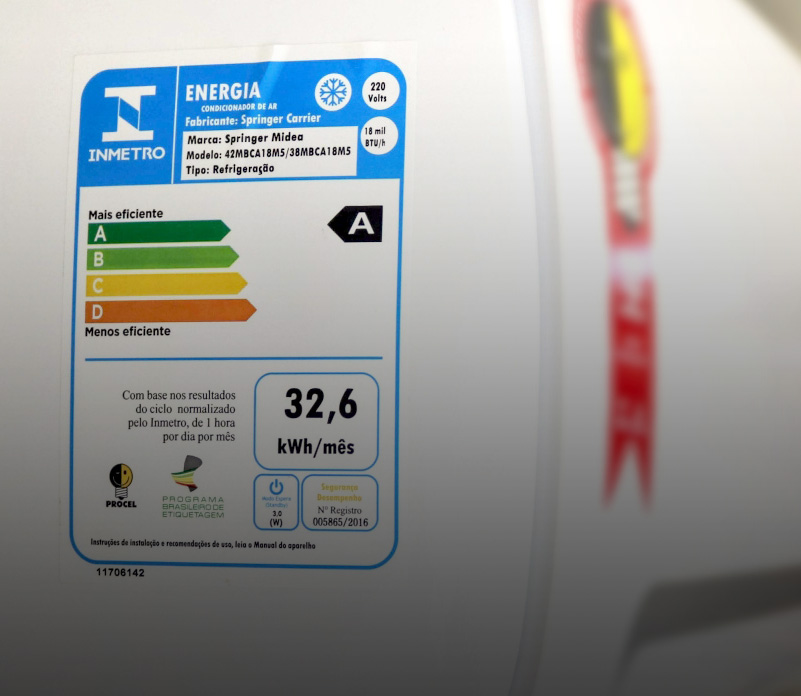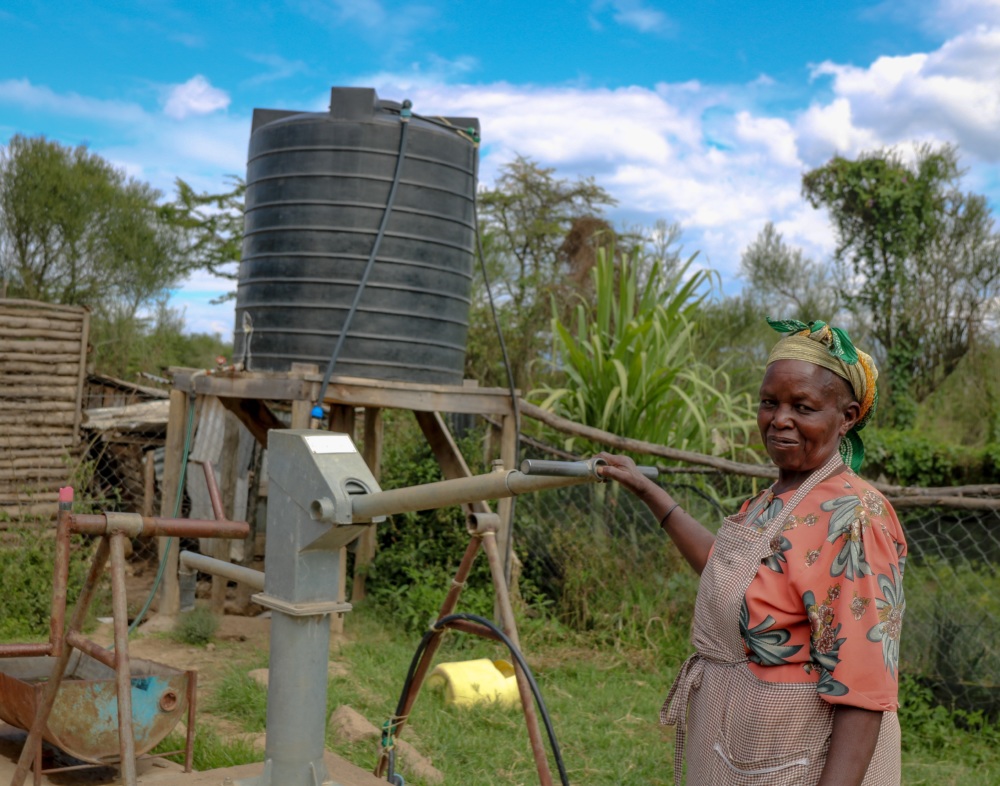India Leads the World in the Development of Comprehensive LED Performance, Safety, and Quality Standards
In February 2012, India became the first country in the world to comprehensively regulate light-emitting diodes (LEDs), a super-efficient lighting technology, when the Bureau of Energy Efficiency (BEE) and the Bureau of India Standards (BIS) published ten comprehensive performance, safety, and quality standards for LEDs. With technical assistance from CLASP, BEE developed the LED standards and guided them through the BIS approval process, expediting the final publishing of the regulations.
India is now the international front-runner on LED standards regulation and is positioned to play a key global leadership role for this product category. The Super-efficient Equipment and Appliance Deployment (SEAD) Initiative, a global market transformation initiative supported by the U.S. Department of Energy, is launching an international collaboration focusing on advanced lighting. Through SEAD, the experience in India will provide a model for other governments to develop LED standards.
Saving energy through efficient lighting has been a top global priority since the tremendous energy crunch of the 1970s. For India, efficient lighting carries even higher importance due to the ever-increasing demand for electricity, particularly in the buildings sector.
Market penetration of LEDs in India could significantly reduce the electricity load from lighting, peak demand, and overall energy consumption without compromising light service. A recent analysis conducted by PricewaterhouseCoopers in India indicated a potential energy saving opportunity of about 33 TWh of electricity per year if LEDs replace the present stock of compact fluorescent lamps (CFLs) and incandescent bulbs in the residential and commercial sectors. In addition, India’s continued rapid growth in new residential and commercial buildings will help drive demand for super-efficient and cost effective LED lighting systems.
Read more about India’s LED standards:


